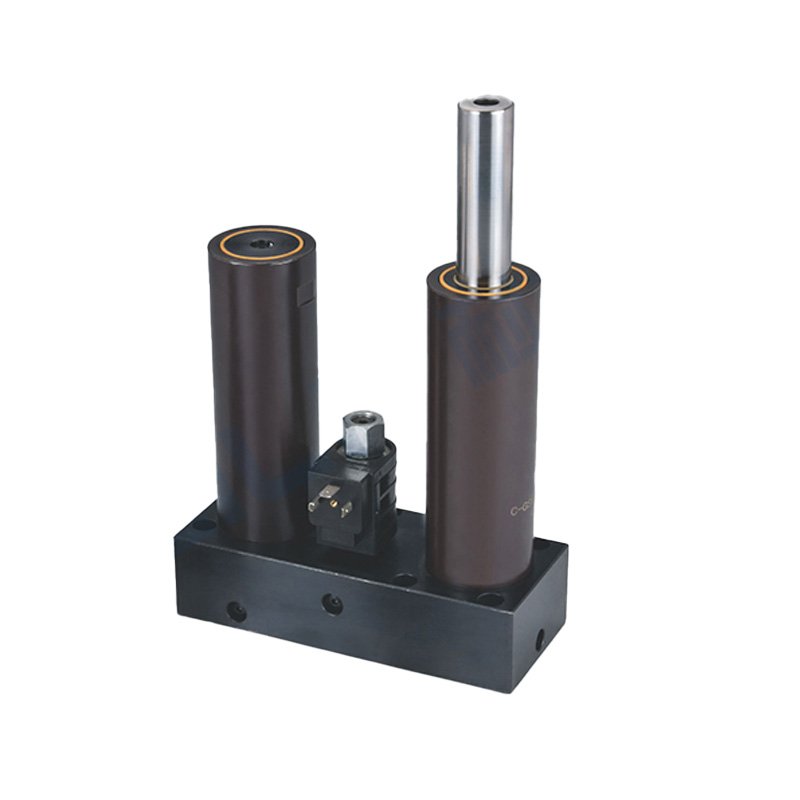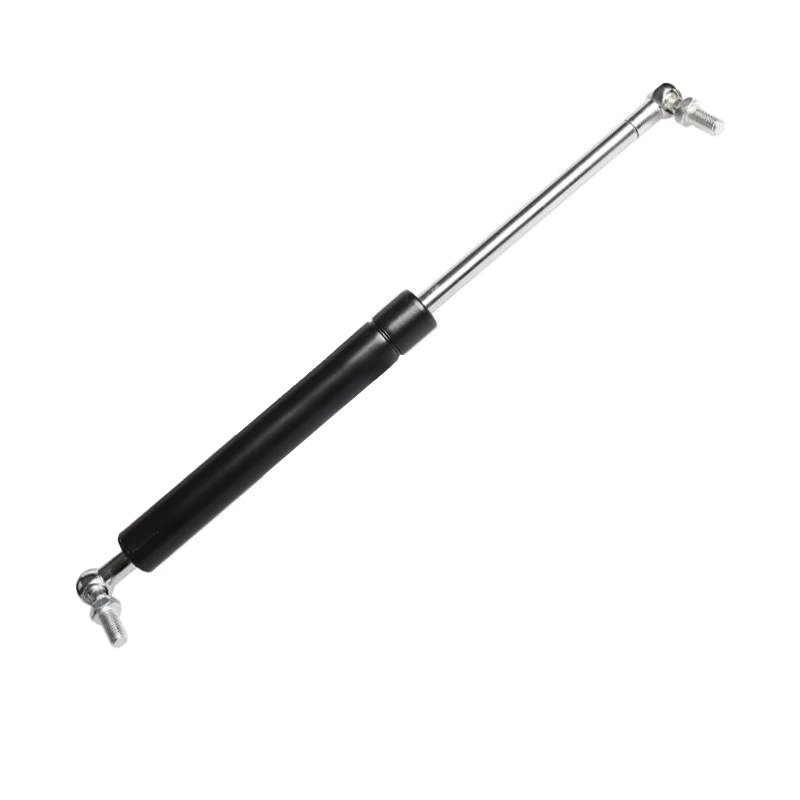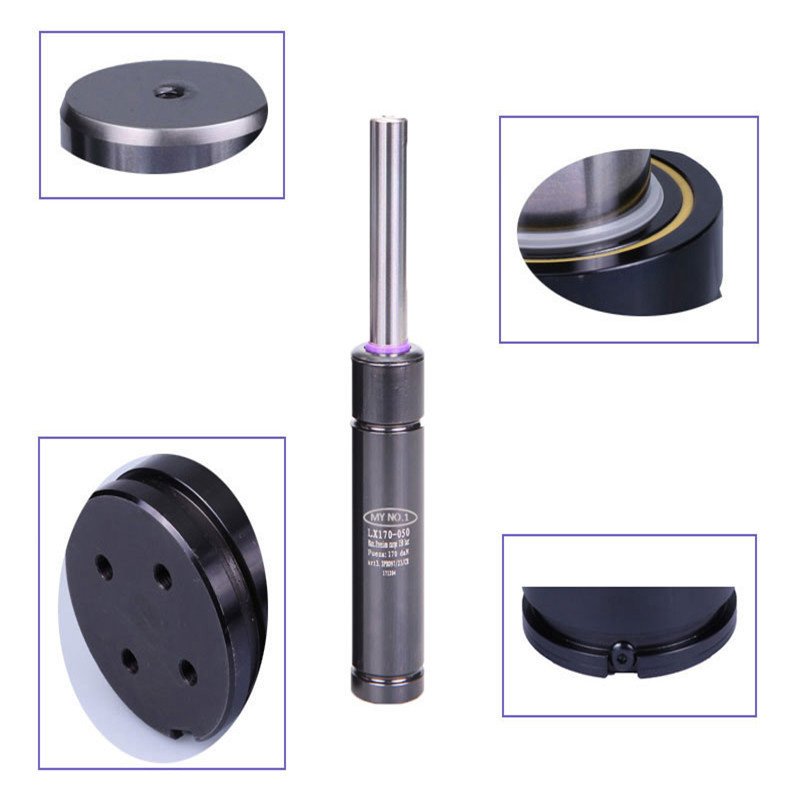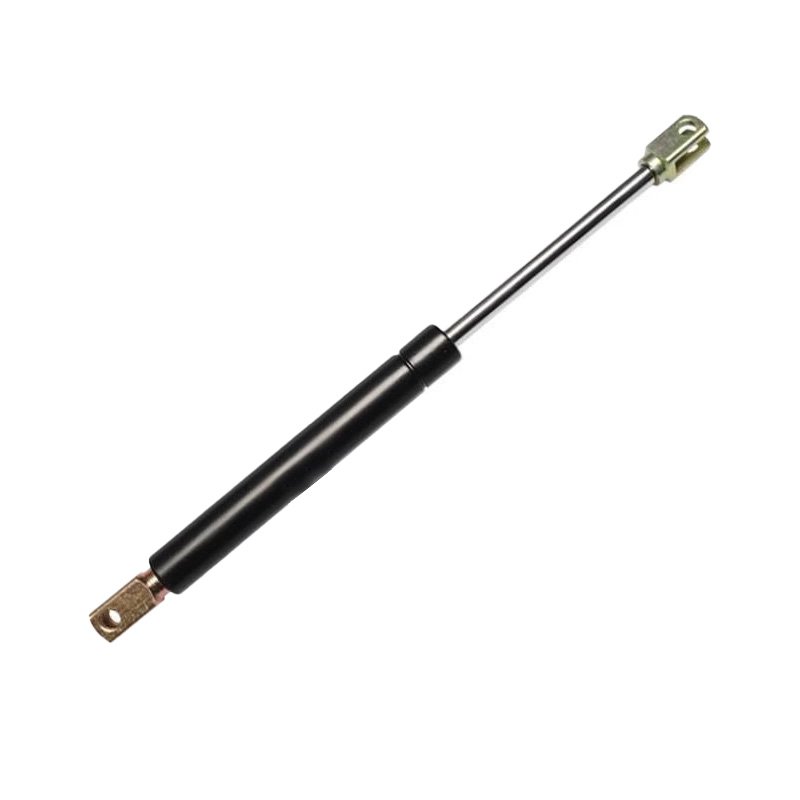Nitrogen gas springs represent an advanced class of elastic components that utilize compressed gas to deliver consistent force in mechanical systems. These devices have revolutionized force application in tooling and manufacturing processes, offering superior performance compared to conventional mechanical springs. This technical overview examines their operational principles, structural variations, and industrial applications while addressing critical installation and maintenance considerations.
Technical Overview
Operating Principle
These components function by containing pressurized nitrogen within a sealed chamber. When external force acts upon the piston rod, the gas compresses, storing potential energy. Upon force removal, the expanding gas generates precise linear motion, delivering controlled force output throughout the stroke. This thermodynamic process approximates isothermal expansion/compression cycles, ensuring force consistency.
Structural Configurations
Manufacturers produce two primary variants:
- Piston-type: Features integrated piston for enhanced stability in high-load scenarios
- Plunger-type: Compact design suitable for space-constrained applications
Systems are further classified as:
- Independent units (self-contained)
- Non-independent systems (centralized gas supply)
 Performance Advantages
Performance Advantages
- Space Efficiency: Delivers substantial initial force without pre-loading requirements
- Force Consistency: Maintains <5% force variation throughout operational stroke
- Long Service Life: Typically exceeds 1 million cycles with proper maintenance
- Precision Adjustment: Permits exact force calibration (50-20,000N range)
- Process Stability: Enhances product quality in metal forming applications
Industrial Implementation
Metal Forming Applications
- Deep Drawing: Provides uniform blank holder force (BHF) to prevent wrinkling
- Bending Operations: Compensates for springback through adjustable pressure
- Flanging Processes: Ensures material stability during edge formation
Tooling Systems
- Die Cushions: Replaces mechanical springs in stamping dies
- Ejection Mechanisms: Delivers consistent part ejection force
- Cam Returns: Provides reliable motion reversal in slide mechanisms
Installation Guidelines
Mounting Considerations
- Utilize manufacturer-specified mounting grooves or threaded connections
- Maintain perpendicular alignment to prevent side loading
- For multiple-unit configurations, ensure equal force distribution
- Allow adequate clearance for full stroke extension
Maintenance Protocol
- Visual Inspection: Check for piston rod scoring or seal leakage
- Contaminant Removal: Clean exposed surfaces weekly
- Connection Verification: Confirm fitting integrity in pneumatic systems
- Performance Testing: Monitor force output periodically
Technical Specifications
| Parameter | Typical Range |
|---|---|
| Operating Pressure | 50-150 bar |
| Force Output | 50-20,000N |
| Temperature Range | -20°C to +80°C |
| Stroke Length | 10-200mm |
| Cycle Life | >1 million |
Comparative Analysis
| Feature | Mechanical Spring | Gas Spring |
|---|---|---|
| Force Consistency | Variable | ±5% |
| Space Requirement | High | Compact |
| Adjustability | Limited | Precise |
| Maintenance | Low | Moderate |
| Initial Cost | Low | Higher |
Implementation Considerations
For optimal performance:
- Select appropriate pressure rating for application requirements
- Specify correct stroke length with 10% safety margin
- Consider environmental factors (temperature, contaminants)
- Implement proper mounting fixtures
- Establish regular maintenance schedule
These advanced force components continue gaining adoption across automotive, electronics, and precision manufacturing sectors due to their reliability and process improvement capabilities. Proper specification and maintenance ensure maximum operational lifespan and consistent performance.








